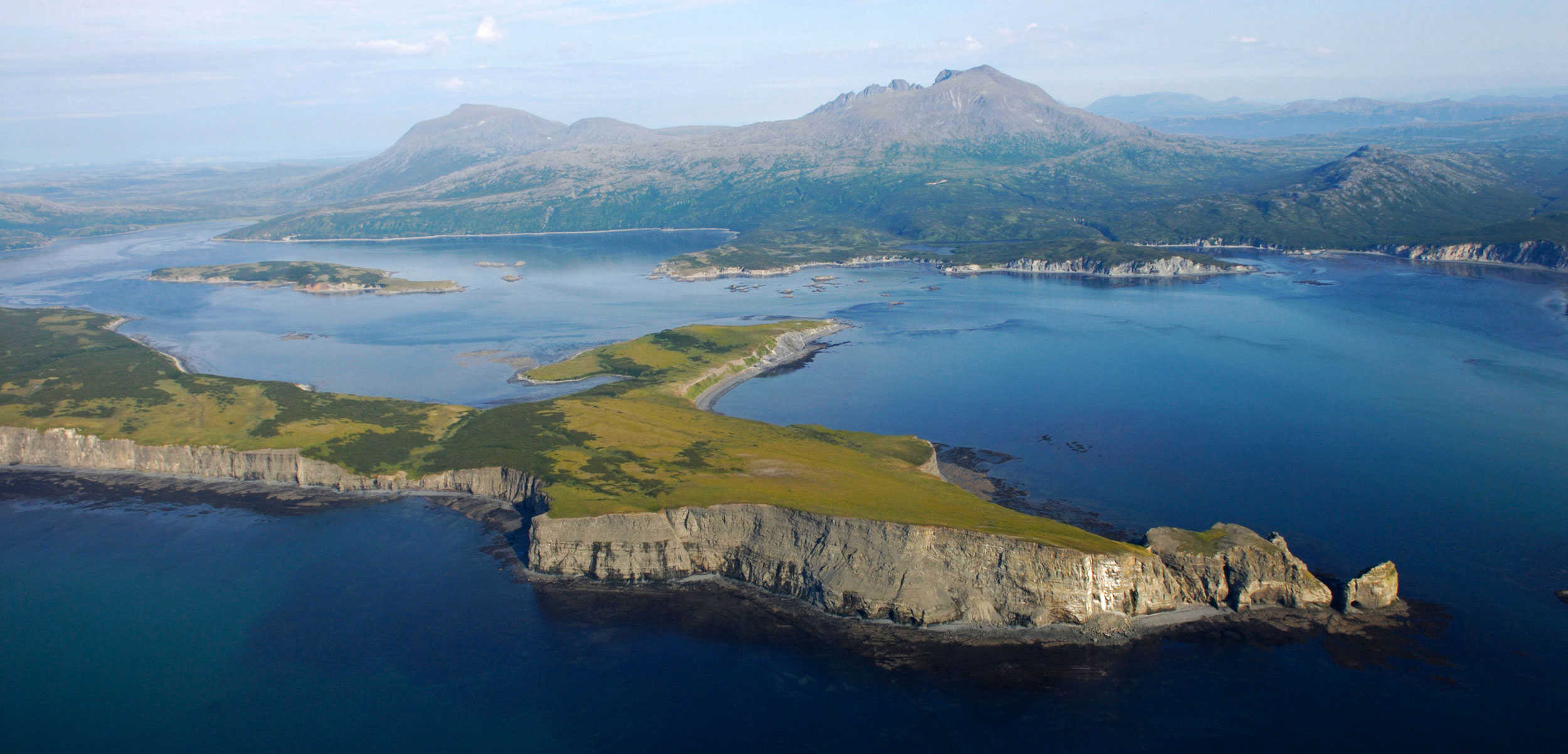Don’t Forget the Pebble Mine’s Overlooked Port
A source close to the Pebble Mine project says that plans for a new marine port, designed to support the proposed mine, raise a host of environmental concerns that haven’t received much attention.
Article body copy
A broad array of groups, from fishermen to United States government agencies, have voiced serious concerns about the potential threat posed by the proposed Pebble Mine to the sockeye salmon that inhabit Alaska’s Bristol Bay. But largely overlooked and undiscussed is the fact that the mine is actually a suite of infrastructure: in addition to the mine itself, approval of Pebble Partnership’s plans would also bring roads, a natural gas pipeline, and other construction to this slice of the Alaskan wilderness. A source close to the Pebble project says that one of these trappings, in particular, deserves closer scrutiny: a new year-round marine port, proposed for the largely undeveloped west coast of the lower Cook Inlet.
The highly controversial—and allegedly politicized—Pebble Mine project is under federal environmental review by the US Army Corps of Engineers. As part of this task, the corps has to select among proposed sites for a port that will be used to move materials to and from the mine. Wherever the port goes, it will be on the lower Cook Inlet’s remote western shores, home to threatened and endangered populations of marine mammals and migratory birds.
One option is to build the port near Amakdedori Creek on Kamishak Bay—a dynamic stretch of coast known for its volatile weather and ocean conditions. The other option, Diamond Point, is tucked in a cove farther north, and is being considered despite the Pebble Partnership not having secured the permission of the Pedro Bay Corporation, an Alaska Native Corporation opposed to the mine that owns much of the land leading to the site.
The area is designated as critical habitat for threatened northern sea otters and endangered Cook Inlet beluga whales, which have a population of roughly 330 and dropping. Both species are protected under the Endangered Species Act and the Marine Mammal Protection Act. The threatened Steller’s eider, a sea duck, is one of several migratory birds that use Cook Inlet. Their presence activates additional protections for the site under the Migratory Bird Treaty Act. And the list of laws triggered by the proposed port, and the list of species potentially put at risk, doesn’t stop there.
A brand-new port would introduce traffic—and the associated noise, risk of fuel spills, and vessel strikes—into an otherwise lightly traveled portion of beluga habitat. Those effects are echoed for the more than 10,000 threatened sea otters in the area, particularly near the proposed Amakdedori site.
The Pebble port would not be Cook Inlet’s first port. But its location on the rugged west coast gives many, including Bob Shavelson, director of advocacy for the Alaskan environmental nonprofit Cook Inletkeeper, pause.
“You’re taking an undeveloped, wild area and you’re going to industrialize it,” he says. “You’ll forever change the complexion of that area.”
The potential effects on Cook Inlet have received much less attention than Bristol Bay’s salmon, both publicly and in the US Army Corps of Engineers’ analyses. Even the corps acknowledges this, stating that the comments the agency received early in its impact analysis focused heavily on salmon, and that the agency aligned its evaluations accordingly.
As part of the review process, several federal and state agencies, however, have pointed out to the corps that it has fallen short with its draft environmental impact statement and related assessments.
The US Fish and Wildlife Service (USFWS) and the Alaska Department of Fish and Game, in critiquing these analyses, repeatedly used phrases such as “no scientific basis” and “unsupported statements.” The agencies disagreed with the analyses’ initial conclusions that the port would have no effect, or likely no adverse effect, on the concerned species and their habitat. Both agencies criticized the assessments for completely overlooking the potential impacts of actually operating the port, and instead only focusing on its initial construction.
On July 25, the USFWS went as far as recommending the Pebble Mine project, as currently proposed, not be issued a permit.
Notably missing from the discussion is the agency charged with protecting Cook Inlet belugas and other marine mammals: the National Oceanic and Atmospheric Administration (NOAA). NOAA has opted out of officially cooperating with the corps’ analysis of the Pebble Mine project.
In a separate process under the Endangered Species Act, the US Army Corps of Engineers will be consulting with NOAA and the USFWS over whether the Pebble project might impact threatened and endangered species or their critical habitat. If the answer is yes, that process could lead to the corps denying the Pebble project’s permit—a possible but unlikely outcome, according to an environmental lawyer familiar with the project.
The Pebble Partnership, along with the US Army Corps of Engineers, can still make changes to the proposal to resolve these concerns.
Pebble Partnership spokesperson Mike Heatwole says this is “part of how the permitting process works,” and that the company is already working with the corps to address concerns and find ways to lessen or remove impacts.
Since July 1, the US Army Corps of Engineers has been slogging through the more than 100,000 public comments received on its draft environmental impact statement. Over the next few months, it will incorporate this feedback into its analyses, using it to narrow down the proposed port options and finalize its impact statement. The corps expects to make a decision on whether to approve the Pebble project—mine, port, and all—by mid-2020.
Despite the public criticisms by some US agencies over the proposed mine and port, Shavelson doesn’t think the permitting process will bring an end to the Pebble Mine.
“I have never seen a large oil, gas, or mining project in Alaska get rejected,” Shavelson says. “The whole notion of a permitting system is just a nice story that bureaucrats and for-profit companies like to tell, but it’s a myth.”

